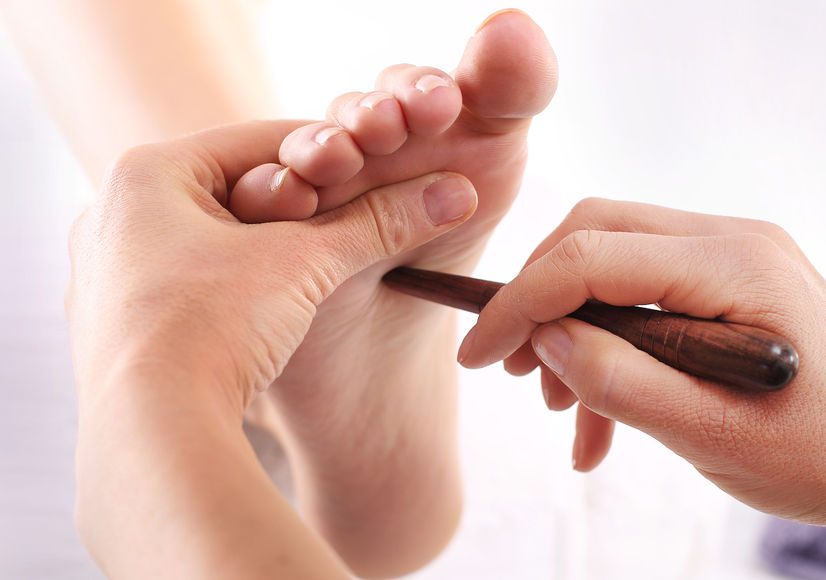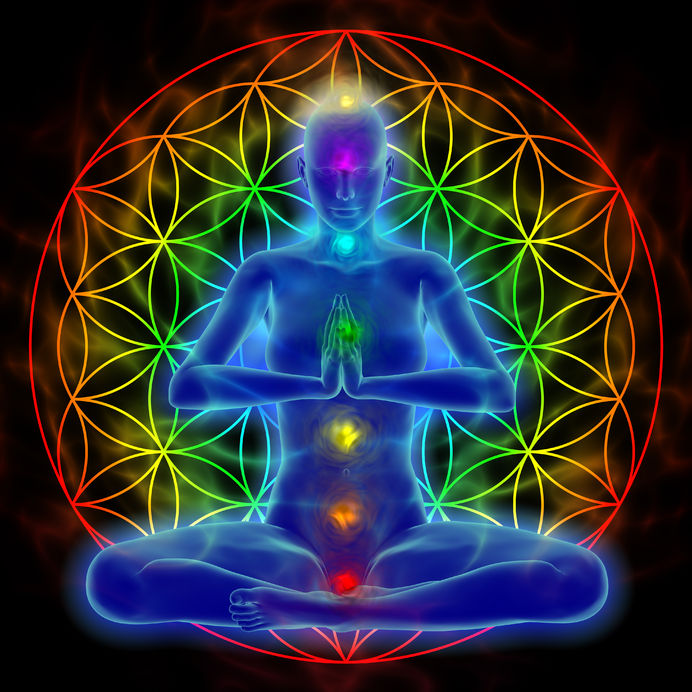Among many critical factors influencing the aging process, our genetic heritage is a major one. Obviously, genetics escape our control, yet twins with an identical genetic imprint can age differently, pointing to the presence of other factors, namely lifestyle related.
Some are the conditions in which we live such as climate over which we have no control either. But other factors have to do with how we choose to live our lives. At the same time, many of these choices are still not within the realm of our decision-making so long as we have not become aware of their effects, positive or negative.
The physical effects of aging may accelerate as a result of:
where you live (dry or humid, hot or cold, temperate or extreme climates)
your socioeconomic conditions (depening on the time and resources you have to take care of yourself)
your relationships (family and friends)
your psychological frame of mind (tendency to worry, embrace fear and anger, or to laugh and be merry)
your diet
your exercise routine
your socializing habits
various personal disciplines you might or might not have, including how you handle stress (at work and in your private life) your spiritual life.
Some factors have little to do with the amount of free time or disposable income you have.
Do you drive when you could walk instead?
Do you take the escalator rather than the stairs?
Do you take every opportunity you have to stretch, exercise, and breathe deeply?
Do you take a few minutes, even a few seconds, throughout the day to meditate and to manage your negative emotions when they appear?
Do you find reasons to smile and to laugh?
Can you stay clear of smoking and alcohol (beyond an occasional beer or glass of wine) and recreational drugs?
Exercise, nutrition and diet (including the choice for energetic foods and phytochemicals in our diet), colon therapy and inner cleansing, and mindfulness practice are all key elements of a lifestyle designed to slow the aging process as much as possible.
In this post, we’ll focus on exercise, so pertinent for this time of year, and we’ll discuss food, inner cleansing and mindfulness practices in soon upcoming posts.
Exercise does not need to be strenuous, but we do need two types of exercises: stretching and cardiovascular. Exercising in general, and stretching in particular, sponsors the movement of vital energy throughout the body, accelerating the flow of blood that brings necessary nutrients to all cells. It also stimulates the process of elimination of waste within cells and tissues.
It is good to remember that we generate more internal energy as we exercise, but depending on the type of exercise, we might also expend a large amount of energy, leaving us depleted at the end of our session. The goal is to build up energy while expending as little of it as possible. In that respect, low impact and moderately intensive cardiovascular exercises are superior forms of wellness enhancement.
Mindful exercising connects intention to action. It is important because energy follows our intention, therefore we can redirect it. Yoga, qi gong, and tai chi are known for their focus on the coordination of movement and breath with intention and awareness. There are many other activities that can be performed with conscious focus, from golf to simply walking upstairs.
All this is contrary to the frequent practice of mechanically performing exercises while listening to music or watching television in an attempt to distract the mind from repetitive and boring movements.
Conscious breathing should also be considered part of our exercise regimen. For most people, twenty to thirty minutes of accelerated breathing three times a week is quite sufficient. Experts point to the need of breathing from the abdomen and not simply from the top of the lungs. This action helps the movement of the diaphragm, the largest muscle in the body that acts as a major pump for the movement of lymph and of water throughout the body.
Source:
























